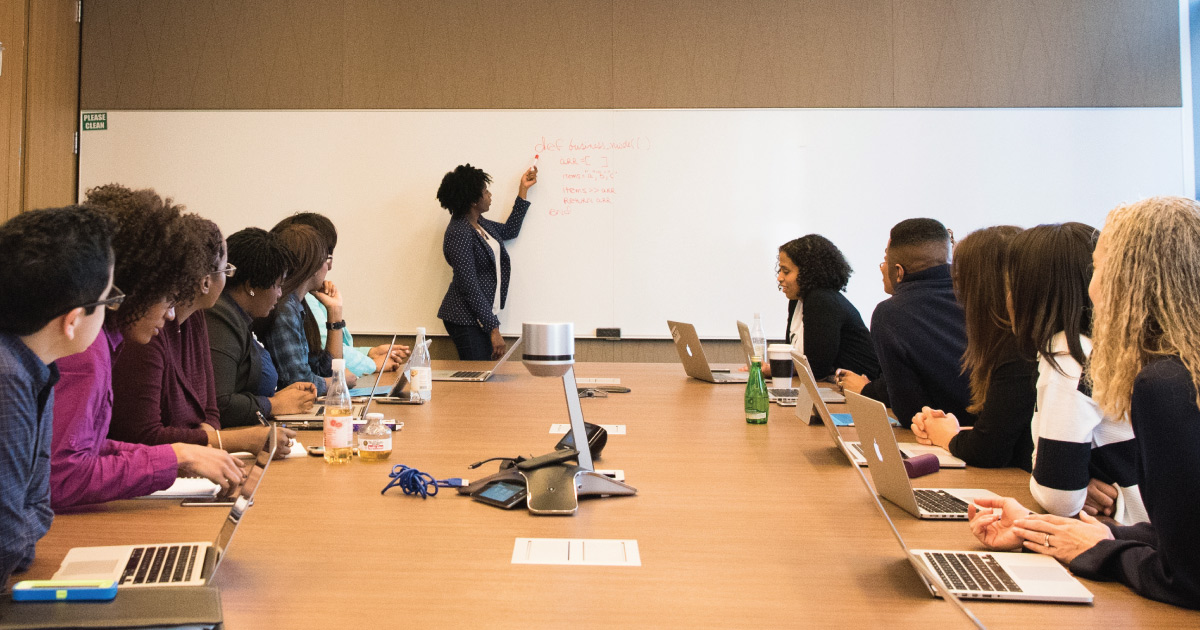The term “practice makes perfect” is often associated with coaches and their effort to persuade individuals on their team to train as much as possible during their free time, and it turns out that these coaches were on to something. Studies have found that in order to become an expert, individuals must spend no less than 10,000 hours practicing and honing their skills.
The idea that practice makes an individual better applies to far more than team sports: it is also applicable when discussing the ever-changing B2B sales landscape. Today’s buyers are more informed and demanding than ever and require that sellers are ready at a moment’s notice with value-added insights. Before this can occur, however, reps must be equipped with the proper training and tools to quickly navigate these complex buyer conversations. If not, sellers will find new opportunities at organisations they feel will provide the tools and support they need to thrive and evolve.
For these reasons, sales readiness has become a must-have capability for every sales organisation. A critical component of sales enablement, sales readiness encompasses efficient onboarding, ongoing sales communication, and effective sales training and guidance.
Studies have shown that the average company spends $954,070 on sales training. It is clear that organisations seek to train their salespeople, but reps often complain that their sales training practices are overly complex, cumbersome and ineffective for real-world sales.
Sales Training of the Past
The typical sales training process 10 years ago revolved around human interaction: either one-on-one, in small groups, or during sales kickoff events. These trainings, which were typically led by the HR team, were not always cost-effective and were quite rigorous, taking sellers out of the field for days at a time. The long drawn-out sales trainings would hammer in the latest selling processes that reps had to follow, perhaps even including a video or two. Unfortunately, research has proved that after a presentation, 63% of attendees remember stories and only 5% remember statistics. Two days later, attendees can only recall 28% of the information they were given. When sales reps leave these trainings and go back to business as usual, they often don’t remember their training and essentially return to operating on a trial-and-error basis, which is far from effective.
Without the ability to access virtual training and guidance in real time and as often as necessary, sales reps are left to remember more than is psychologically possible. Organisations assume the resolution for poor sales results after rigorous training is to pack in more rigorous training, but this often results in little impact to the business and revenue. Reps do not need more hours of training; they need more effective training.
Present-Day Sales Training
The unfortunate thing is that for many businesses today, their sales training approach is still stuck in the past. Although sales technology has advanced rapidly in response to buyer demands, few businesses are utilising these technological advances. There are numerous factors that may cause ineffective sales training, but ultimately it comes down to two things: technology and timing. Piecemeal training, coaching, and guidance technologies that are not efficient, effective, integrated, and well-timed – or, most importantly, real-time – will never amount to the readiness reps need to be successful selling to today’s modern buyers.
To illustrate further, companies who use effective video training are 120% more likely to achieve their annual sales quotas. Yet, surprisingly, simple solutions such as providing sales training videos that are available in an organised, dynamic, and digital format, are not often implemented in the most impactful manner. Often, these videos are left in file storage systems or intranets that are difficult to navigate and search. If sales readiness material is not readily available, no rep will ever take the time to seek it out.
Sales coaching also leaves a lot to be desired. CSO Insights finds that that only 30% of businesses have a formal or dynamic sales coaching process in place. This finding is startling as organisations with a dynamic sales coaching process enjoy higher-level customer relationships, and this, in turn, improves sales performance, such as win rates by double digits. These win rates can mean the difference between reps who consistently attain quota and those who fall behind each quarter.
As modern buyers continue to evolve along with the business landscape, reps can no longer rely on the selling practices of the past. Sales reps now require sales readiness that tightly integrates into their workflow. Sales enablement platforms provide reps with guidance while selling and offer real-time learning in the context of sales scenarios. These capabilities offer sales reps the support they need when navigating complex conversations with buyers without requiring them to leave their workflow. Sales enablement effectively combines training, coaching, analytics, and content to ensure that reps are properly equipped to close the sale.
To learn more about the evolution of sales readiness from classroom to in-context trainings, download our new whitepaper today.


